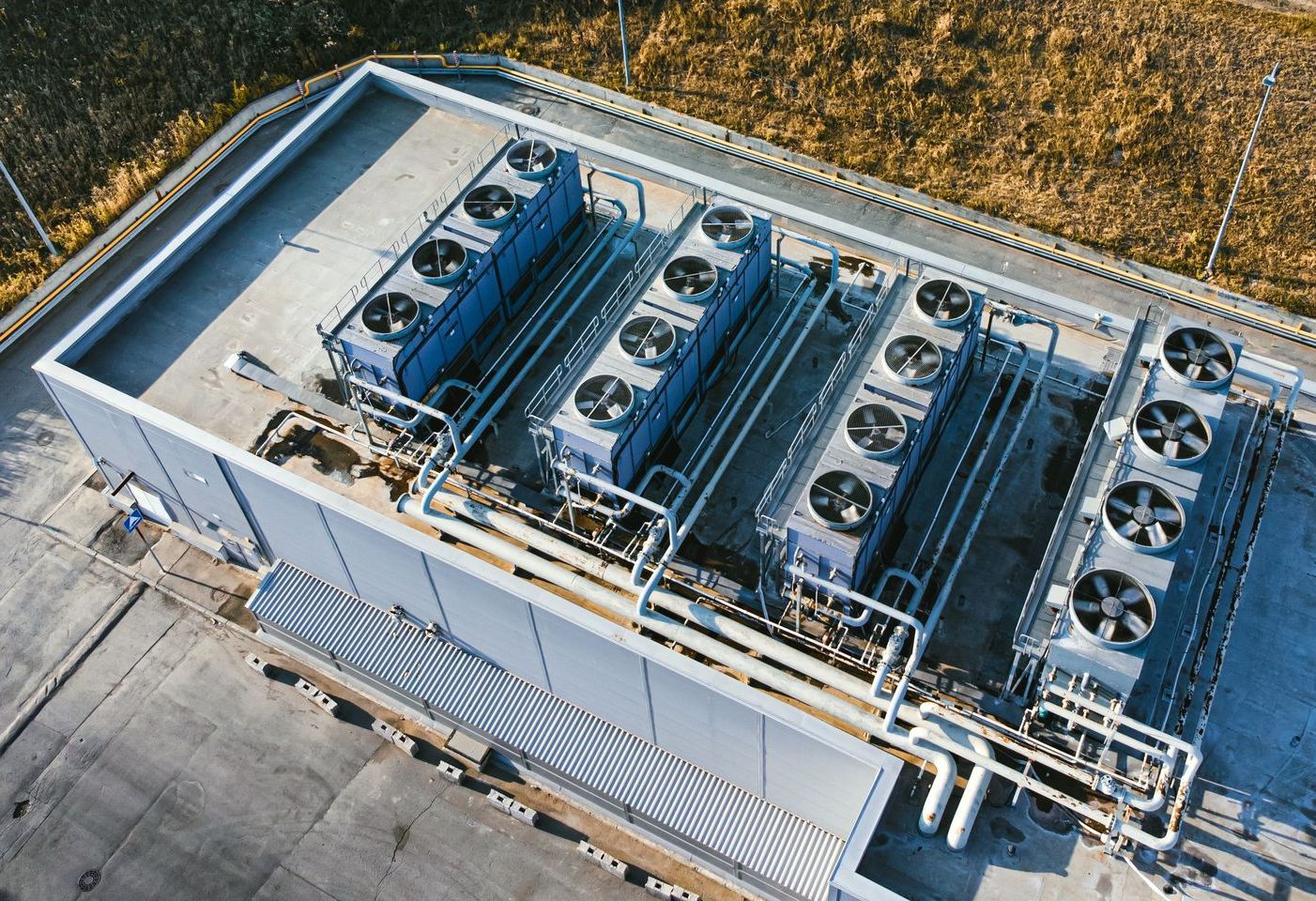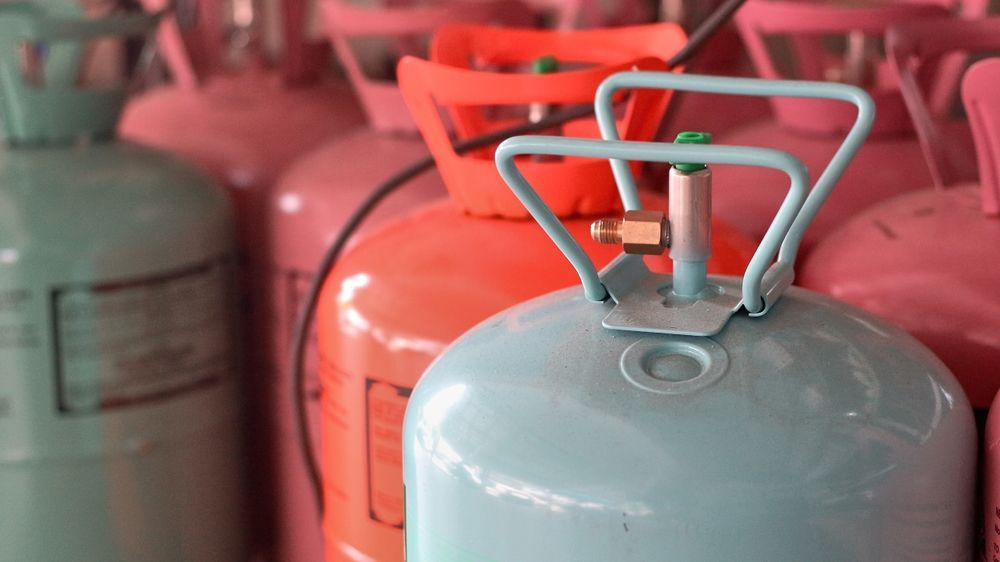4 Benefits to Automated HVAC Building Control
Written by: 1 Source Mechanical

What is Automated HVAC Building Control?
Automated HVAC building controls are devices that manage a heating and cooling system. They can be as simple as a smart thermostat or as complex as building automated systems (BAS) that control security, lighting, and other systems in addition to HVAC.
They typically consist of a controlling device connected to the building’s infrastructure. Factors such as temperature, humidity, and airflow can be monitored and adjusted in various zones of a building. Systems can be set up to make many of the adjustments automatically. BAS can be manually controlled at a central location and in many cases also controlled from a smartphone.
What are the Benefits?
There are a number of reasons to deploy HVAC automation controls.
Enhanced System Efficiency
Companies that deploy automated HVAC controls almost invariably see a reduction in monthly energy costs. Timers and sensors throughout the building collect information and feed it into the system. A properly installed system can increase or decrease hot or cool air to sections of the building that need more or less of it. The overall building temperature is maintained with less energy expenditure. Also, information recorded by the system can be used to analyze and make ongoing energy-saving adjustments.
Improved Air Quality
A BAS can dynamically adapt to changes in air quality the same way it does to changes in temperature. The HVAC filtering systems can remove indoor pollutants such as dust, pollen, bacteria, and chemical mist. The system can alert a building manager when there is an air quality issue anywhere in the building. It will also enhance air quality by managing air distribution.
Long-Term Cost Effectiveness
Automated HVAC savings are not merely a matter of reduction in utility bills. The long-term savings can justify
HVAC installation costs. BAS owners should expect a reduction in ongoing repair and maintenance expenses. That’s because the system detects problems early, before they become big ones, and it solves many problems on its own without the need to bring in repair technicians.

With a BAS, there’s less need for a team of technicians to spend costly hours diagnosing and resolving problems. The system detects and often resolves issues that could cause expensive repairs if they went unrecognized. Often a BAS, even one in a complex building, can be managed by an operator and a single technician.
Increased Comfort & Boosted Employee Productivity
It’s no secret that employee comfort affects productivity. A building that’s too hot, too cold, too stuffy, or has low-quality air makes people think about how they feel rather than the work. An automated HVAC keeps the temperature and humidity constant, the airflow adequate, and filters out pollutants. Who wouldn’t work better in those conditions?
With all the benefits, expect to see more
automated HVAC controls installed in new buildings and retrofitted into existing ones. If you’d like the advantages of a BAS for your building, contact 1 Source Mechanical. We’re the Chicagoland leader in HVAC installation and maintenance.



